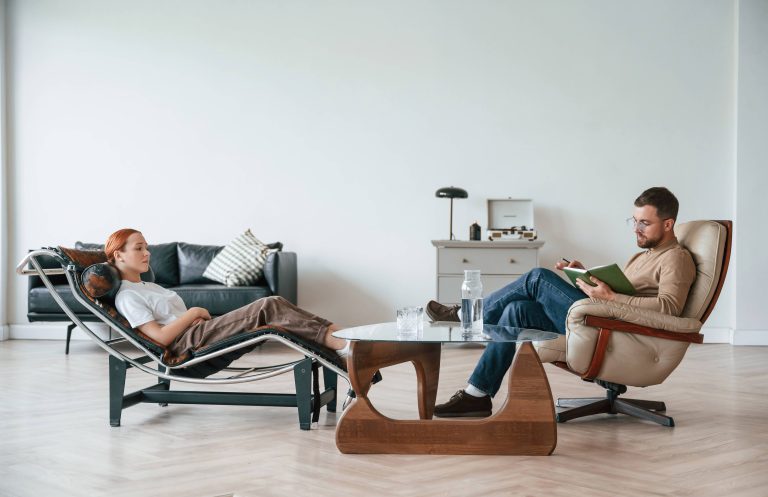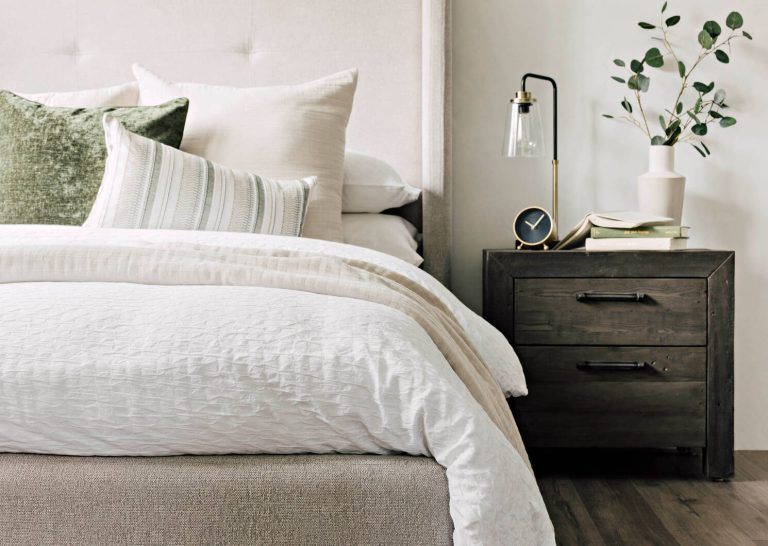
In today’s era of technological innovation, smart home devices are transforming how we interact with our living spaces, making our homes more energy-efficient, secure, and convenient. From smart thermostats that learn your heating preferences to intelligent lighting systems that set the mood, the possibilities are practically endless. As a DIY enthusiast, you might be excited about the prospect of incorporating smart technology into your home without professional help. This guide will walk you through the steps to install smart home devices on your own, equipping you with the knowledge to turn your abode into a futuristic haven.
Why Go Smart?
Before diving into the installation process, it’s essential to understand why smart home devices can be a worthwhile investment. These gadgets not only offer convenience but also bring energy savings, improved security, and increased home value. With remote accessibility, you can control various household functions using your smartphone or voice commands, making everyday tasks remarkably easier.
Planning Your Smart Home on a Budget
Smart home technology can be tailored to fit any budget. Start by determining your needs and which devices will best meet those requirements. Common smart home devices include:
– Smart Speakers/Hubs: These serve as the control center. Popular options include Amazon Echo, Google Nest, or Apple HomePod. Choose a system that aligns with your other devices.
– Smart Lighting: Brands like Philips Hue offer energy-efficient bulbs controlled through apps or voice commands.
– Intelligent Thermostats: Devices such as the Nest Thermostat adapt to your schedule, potentially reducing heating and cooling bills.
– Smart Plugs and Switches: These allow remote control over appliances and lighting, perfect for adding intelligence to standard devices.
– Security Cameras and Doorbells: Keep tabs on your home with options like the Ring Doorbell or Arlo cameras for increased security.
Installation Process
The installation process varies by device, but most smart technology follows similar principles. Here’s a step-by-step guide for common installations.
1. Set Up Your Smart Hub
Smart hubs are central devices that allow different smart home products to communicate with each other, often controllable via a smartphone app. Here’s how to get started:
– Placement: Locate a central place in your home for optimal connectivity.
– Power and Connection: Plug the hub into a power source and establish an internet connection. Most systems walk you through setup via a mobile app.
– Integration: Follow the app instructions to add and sync devices to your hub. Ensure your devices are compatible with the chosen ecosystem (Amazon, Google, Apple).
2. Installing Smart Lighting
Smart bulbs are easy to install and instantly upgrade your lighting, and here’s how you can do it:
– Choose Your Bulbs: Check fixtures for bulb type compatibility—smart bulbs typically come in standard sizes like A19 or BR30.
– Replace Old Bulbs: Simply screw the smart bulbs into the existing sockets.
– Connect to Wi-Fi: Use the manufacturer’s app to connect the bulbs to your network, usually by scanning a QR code on the bulb or connecting through Bluetooth.
– Control: Once connected, you can adjust brightness, color, and set schedules via the app.
3. Smart Thermostat Installation
Smart thermostats can require moderate DIY skills due to wiring, but the energy savings make them a worthwhile project.
– Turn Off Power: Before starting, switch off power to the HVAC system.
– Remove Old Thermostat: Carefully replace existing thermostat, labeling wires as you disconnect them.
– Install New Unit: Connect the wires to the corresponding terminals on the smart thermostat.
– Setup via App: Power the unit on and use the app to follow the setup steps, which usually includes programming your heating and cooling preferences.
4. Setting Up Smart Plugs:
Smart plugs are a great introductory project, simple yet effective.
– Plug In: Insert the smart plug into any standard outlet.
– Connect Devices: Plug the appliance you wish to control into the smart plug.
– App Configuration: Use the corresponding app to name the device and set scheduled operations or control them remotely.
5. Installing Security Cameras:
Security is a crucial aspect of smart home technology.
– Select Locations: Position cameras near entry points or areas that require monitoring.
– Mount and Power: Depending on the model, drill mounting brackets in place and connect the camera to a power source.
– Network Connection: Most cameras connect wirelessly; use the app to link the camera to your network and configure settings.
Troubleshooting Tips
1. Connectivity Issues: If devices fail to connect, check your Wi-Fi signal strength and ensure compatibility with your smart hub.
2. Firmware Updates: Regularly update device firmware to prevent glitches and enhance features.
3. Power Cycle: For unresponsive devices, try turning them off and back on, a simple yet effective technique.
Conclusion
With some planning and effort, you can successfully install smart home devices and enjoy the conveniences they bring without breaking the bank. As you become more familiar with this technology, you can expand your smart home ecosystem, adding more sophisticated devices like smart locks, blinds, and kitchen appliances. Embrace this DIY challenge and move one step closer to a smarter, more efficient home!













